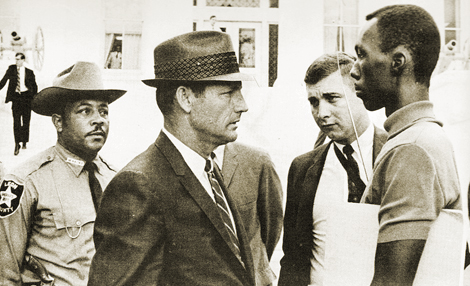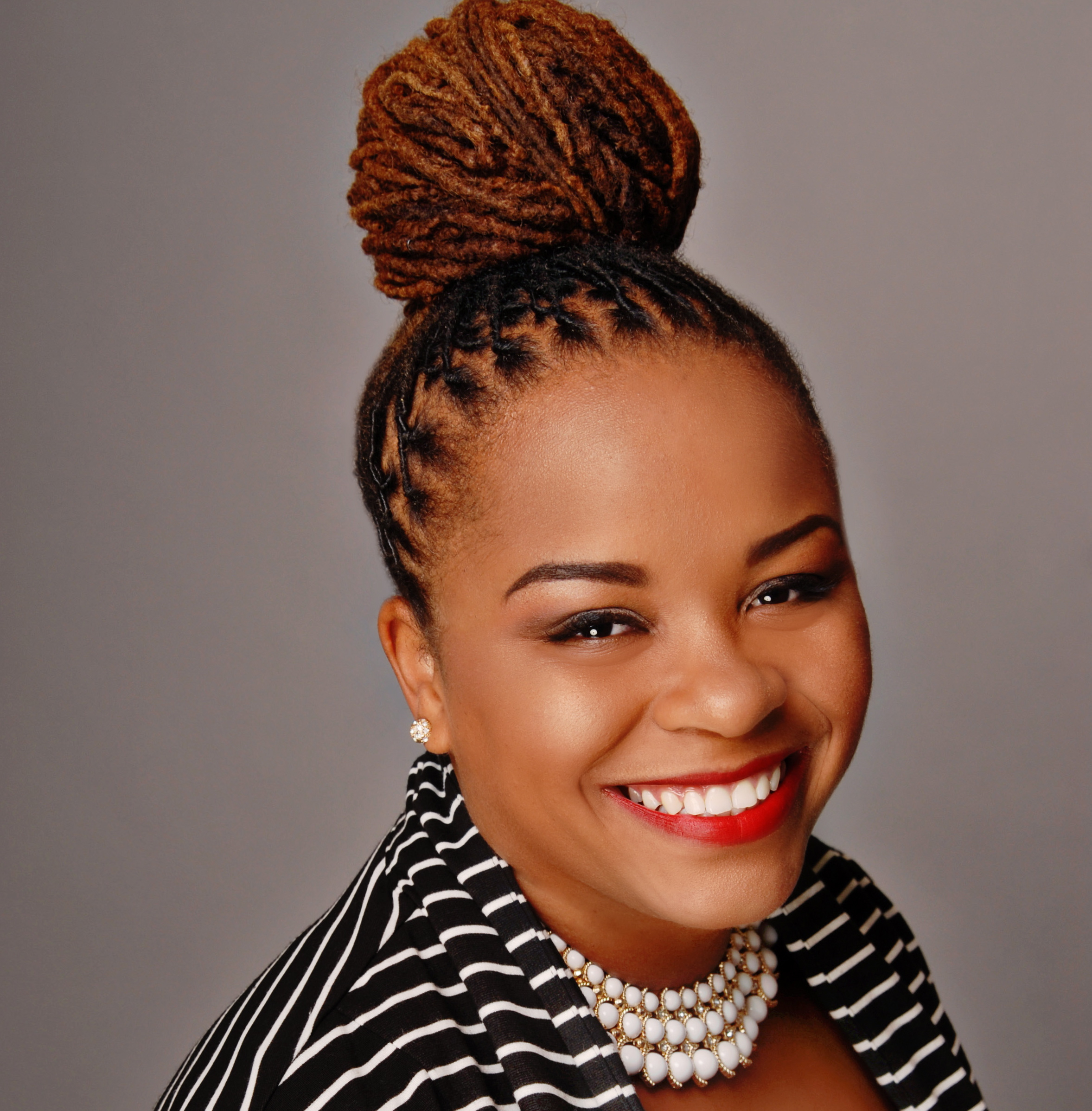There, on the highest of seven hills in Tallahassee, Florida, sits an institution of higher learning–that institution is Florida Agricultural & Mechanical University. Affectionately called FAMU, the university celebrated the one hundred and twenty-fifth anniversary of its founding last year. For most of those years, FAMU has been looked upon as one of the crown jewels among Historically Black Colleges and Universities (HBCUs). Currently, it boasts the largest student enrollment of all HBCUs. Despite having recently been at the center of controversy and shrouded in negativity, my beloved FAMU is a venerable institution. She will survive and she will continue to grow and prosper.

literary magazine.
While I considered other colleges, truth to be told, there was only one that resonated deep in my heart. It would be the ultimate choice, especially since my journey to FAMU started early in life. I can actually recall my first visit to FAMU; I was around five years old at the time. Then named Florida A&M College, it was known FAMCee then. My father was a native of Havana, Florida, a small rural town some thirty miles west of Tallahassee. At least twice a year, we would visit the family homestead in Havana, and on our way there and back, we would stop and visit the school’s campus.
My decision to attend Florida A & M was also influenced by the teachers who endowed me with a passion for higher education. All of my elementary school teachers and most of my high school teachers were FAMU graduates. They talked constantly about the virtues of their alma mater.

I entered FAMU amid the nation’s deep turmoil in the 1960s. I, along with my fellow FAMUans were deeply affected. The “walls of resistance” had begun to come down in Tallahassee. Not unlike the rest of the Deep South, Tallahassee had been a bastion of segregation. My professors would tell us newly-arrived scholars that we had missed the “real fun” of FAMU student life, which was a reference to the fact that FAMU students had been heavily involved in the Tallahassee Movement‘s voter registration and the lunch counter desegregation struggle of the late 50s and early 60s. While previous classes had been largely concerned about external issues (primarily civil rights protests), my class and most of the sophomore and junior classes were more interested in changing the direction of the university.

for weekly ROTC ‘mandated’ drills.
When I arrived at FAMU, ROTC training was mandatory for freshmen and sophomore male students. The country was embroiled in the Vietnam War. Many, if not most of the male students resented having to be part of the ROTC program. Maybe within a year after I arrived, an effective and determined student agitation movement forced the change in the ROTC participation, from mandatory to voluntary. Similarly, attendance at the Sunday chapel services had been mandatory for all students until another effective and determined student agitation movement forced the complete removal of the the chapel services requirement.
Make no mistake about it, the most powerful element to sweep through FAMU during my tenure was the Black Power Movement, a movement that gave birth to the “Black is Beautiful” sentiment. Some students at FAMU had already begun to wear the ‘Afro’ hair style when I got to FAMU, but the movement became full-blown after I arrived. Yet, in the midst of gaining new freedoms and expressions of thought, one of the most hurtful moments during my time as a student was the assassination of the Reverend Dr. Martin Luther King, Jr. I would surmise that the entire FAMU student body was deeply affected by his death.

Not only was my social activism on campus an important part of my journey, but so was my academic classes. In the Department of Business, where I was a business administration major, everything was always full speed ahead. It didn’t matter that there were occasional student protests, changes in school’s administration, or any activity external to the department. I am proud to state that I was part of a changing dynamic within the department that propelled it towards becoming the School of Business of Industry. It has been acclaimed by major corporations and the business press as one of the best business schools in America. The workload for students in the department was rigorous and demanding.
Through all of the tough academic requirements, there stood my favorite professor, Guy Darnell. Mr. Darnell taught several courses in the department, so I was fortunate to be a student in several of his classes. For some reason, I still haven’t figured out why, after several decades, Mr. Darnell and I developed a strong “vibe.” He would call on me in class sessions to illustrate or explain complicated business case studies. Mr. Darnell was demanding, but patient. I can remember that he never dressed casually, as did some other professors. He always wore a suit and tie or a shirt and tie during the hot summer months. His classroom demeanor was beyond reproach. He was never rude or argumentative. Mr. Darnell always brought to his classes, as part of his opening or closing statement, some type of exhortation about seeking success.
Looking back, I can honestly state that my matriculation at FAMU was the best of times for me. It gave me the skills and knowledge that I needed to successfully navigate life, through the good and tough times.
My time at FAMU, my home on the hill, was truly an experience I will never forget.
 Richard Gibson, Jr. is an alumnus of Florida A & M University. His background includes tenure as an entrepreneur in catering, wholesale apparel distribution and an on-line business. Other ventures include time spent as a food service manager and as a public administrator. He and his son Garrick Gibson, who is also a FAMU alumnus, operate The HBCU Lifestyle Blog. In keeping with the family tradition, they sent the first of the third generation to FAMU in the fall of 2012. Richard and Garrick are both married to loving and supportive women who attended Tuskegee University.
Richard Gibson, Jr. is an alumnus of Florida A & M University. His background includes tenure as an entrepreneur in catering, wholesale apparel distribution and an on-line business. Other ventures include time spent as a food service manager and as a public administrator. He and his son Garrick Gibson, who is also a FAMU alumnus, operate The HBCU Lifestyle Blog. In keeping with the family tradition, they sent the first of the third generation to FAMU in the fall of 2012. Richard and Garrick are both married to loving and supportive women who attended Tuskegee University.
















